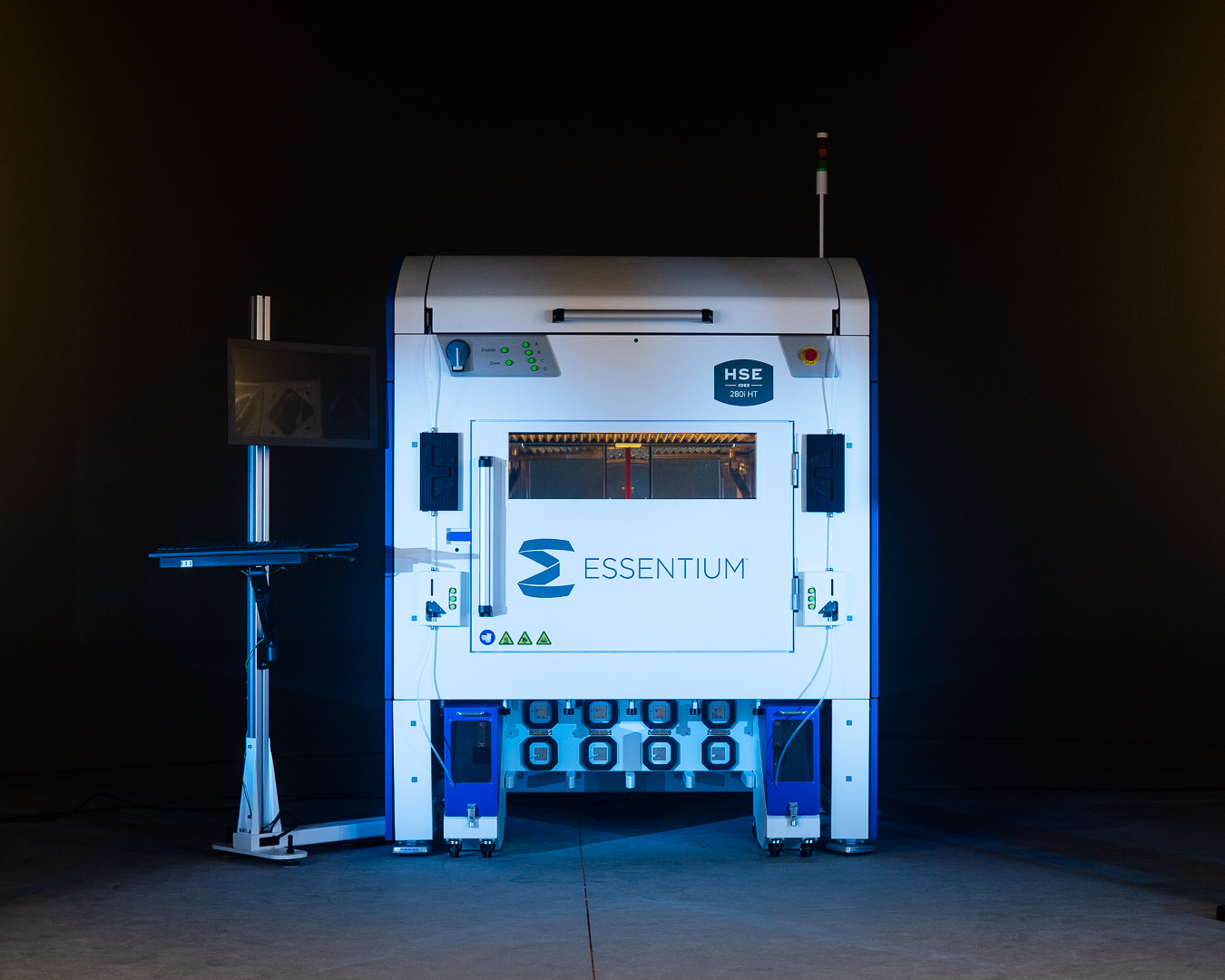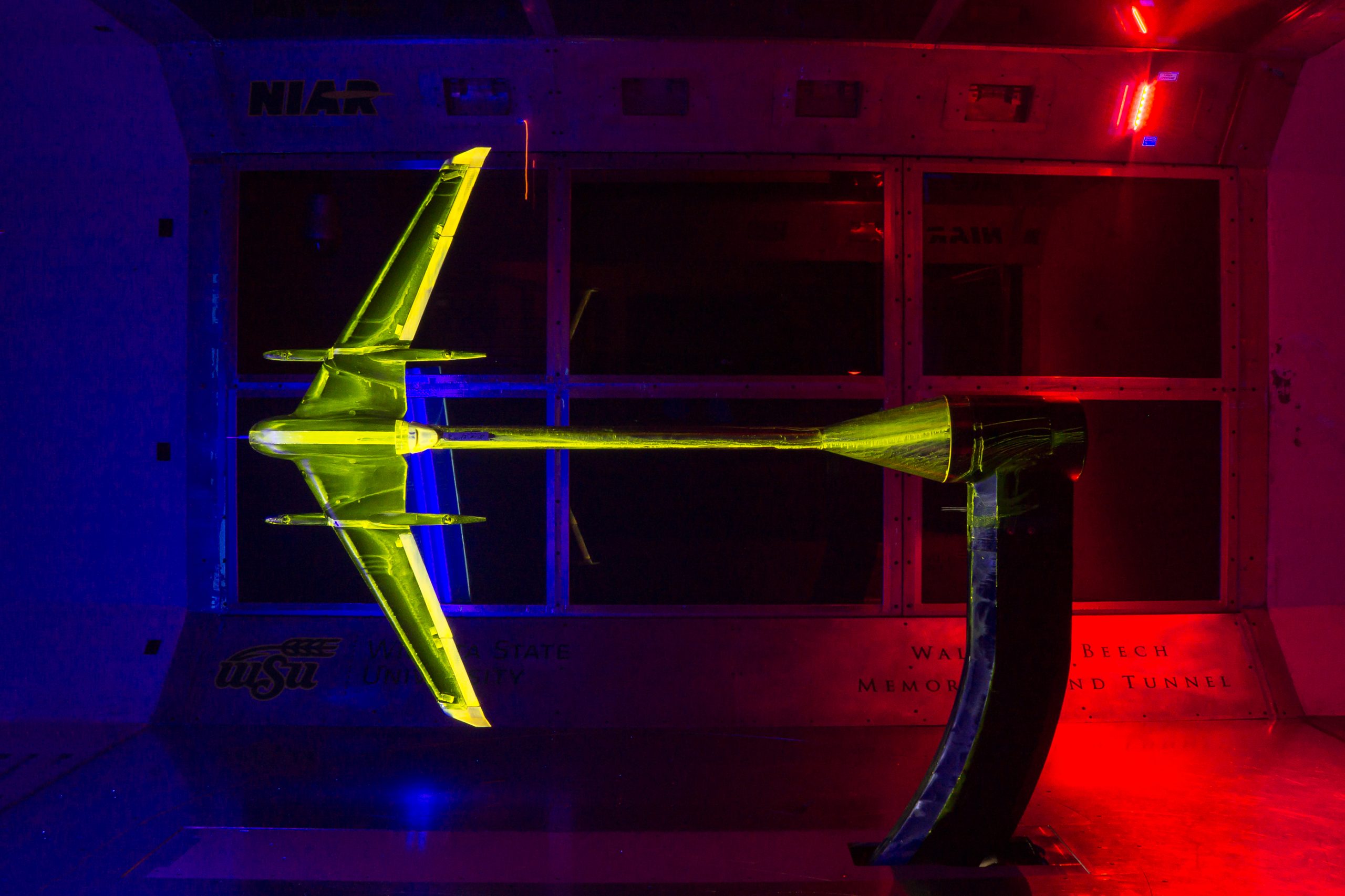Industrial 3D printer manufacturer Essentium has partnered with Wichita State University’s (WSU) National Institute for Aviation Research (NIAR) to accelerate the advancement of 3D printing within the US aerospace industry.
Part of the Kansas Aviation Research and Technology (KART) growth initiative, the partnership will see Essentium’s High Speed Extrusion (HSE) 3D printing platform deployed for tooling, spare parts, and eventually flight-worthy end parts for aircraft.
The partners will work together in a multi-stage process to advance the extrusion additive manufacturing process and to test 3D printed applications that could benefit KART and the aerospace sector generally.
“Up until just a few years ago, AM technology wasn’t at the point where it could make parts that were precise and durable enough for safety-critical aircraft parts,” said John Tomblin, WSU Senior Vice President for Industry and Defense Programs and NIAR Executive Director.
“Technology advancements from AM innovators like Essentium have transformed the manufacturing possibilities for the aviation industry and significantly decreased time-to-market.”

Essentium’s HSE technology
Essentium specializes in the development and provision of additive manufacturing materials and processes. The company first launched its HSE platform in 2018 with the goal of addressing both the speed and strength drawbacks of traditional FDM/FFF 3D printers.
However, 2019 is really when the company started scaling the production of its HSE platform in response to growing demand, expanding on its existing relationships with key industry players such as chemical company BASF and software developer Materialise. Through their partnership, the companies sought to advance high-speed additive manufacturing and introduce an open-model for 3D printing.
Since then, Essentium has introduced several new high-temperature filaments for the HSE platform, including three new composite filaments that are specifically geared for aerospace, defense, and electronics applications. The firm also announced a series of executive promotions and new appointments to its leadership team in March, after doubling its global headcount year-on-year.
Earlier this week, Essentium unveiled its new HSE 280i HT 3D printer, an independent dual extrusion (IDEX) FFF 3D printing system designed for the shop floor. The machine is aimed at high-volume manufacturers in the aerospace, automotive, electronics and consumer goods sectors for both functional prototyping and full-scale production parts.

Advancing extrusion 3D printing for aerospace
The KART growth initiative is made up of Kansas-based aviation firms, including the likes of Airbus, Bombardier, Spirit AeroSystems, and Textron Aviation.
Through their commercial venture, Essentium and NIAR are seeking to advance the speed, safety, and performance of 3D printed aircraft parts using the HSE platform.
HSE provides an open platform that offers aviation firms a greater choice in materials and therefore the flexibility to print hundreds of parts in a variety of colors and textures.
The NIAR team will use the platform to significantly speed up and scale rapid part production at the point of use for aircraft parts, while decreasing time-to-market and reducing the cost of certifying new materials for use in flight. The HSE system will also help to ensure reliability, repeatability, safety, and performance of 3D printed parts in order to keep older aircraft in the air, in addition to producing spare parts on-demand and enabling innovative designs for new aircraft systems.
Meanwhile, Essentium’s engineers will tune the HSE platform’s materials to be suitable for processing at speed while being strong enough to withstand impact loading. The materials will also be engineered to protect electrostatic-sensitive devices.

“By combining our 3D printing platform and materials with NIAR’s industry-specific knowledge and direct feedback from KART members, we aim to create meaningful AM applications to help aviation companies rapidly produce parts on-demand, save money, reduce waste, and streamline the supply chain,” said Josh Lawson, Senior Director Business Development at Essentium. “Until now, the industry has been limited by the lack of choice in trusted industrial-scale AM solutions.
According to the partners, future applications could include tooling, spare parts, and ultimately flight-worthy end parts for aircraft. By shortening lead times and providing greater flexibility to respond to market changes, it is hoped the partnership will accelerate the adoption of 3D printing for KART members and the wider aerospace sector.
“We’re honored to collaborate with NIAR and members of KART in Wichita to be part of next generation solutions for aerospace and defense, helping the industry move forward to new levels of innovation and efficiency,” added Lawson.
Subscribe to the 3D Printing Industry newsletter for the latest news in additive manufacturing. You can also stay connected by following us on Twitter and liking us on Facebook.
Looking for a career in additive manufacturing? Visit 3D Printing Jobs for a selection of roles in the industry.
Featured image shows wind tunnel testing at NIAR. Photo via Essentium.



